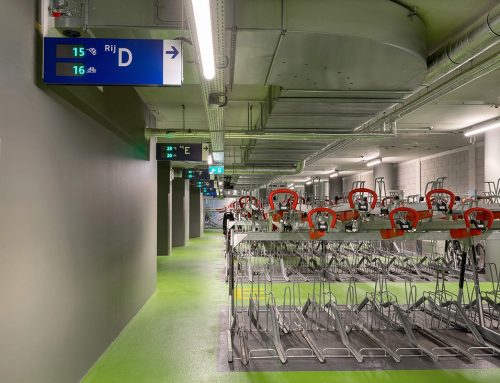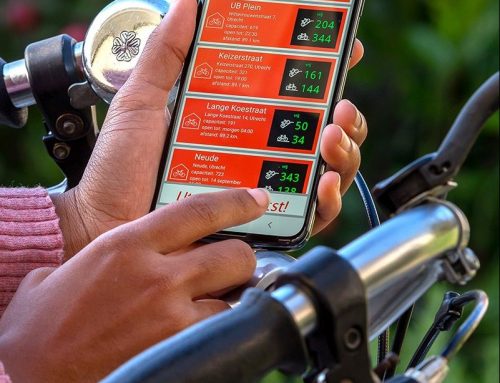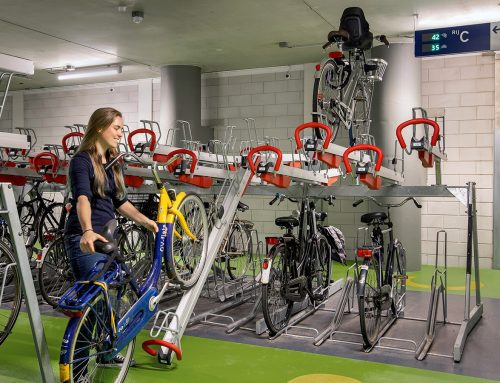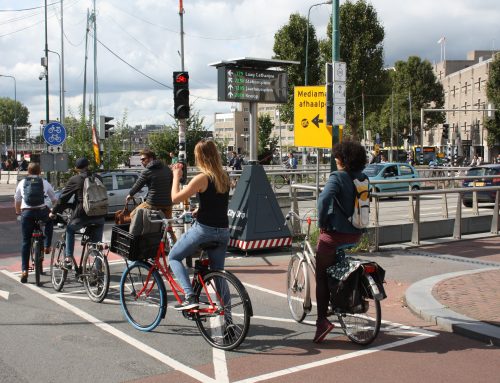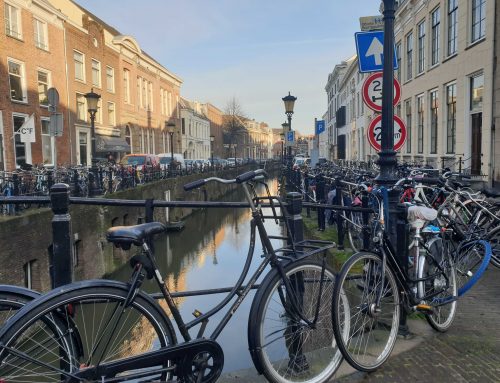Every year, there is an increasing number of people that move to the city. UN predicts that in 2050, 68% of the world population is projected to live in urban areas. This increase in population has to be accompanied with better mobility. This means that cities need to change the mobility mechanism to accommodate the increase in the population. Therefore, it is necessary to find a better mobility solution for cities that create a livable environment for the people within the city.
Cities and the transportation sector have a critical role in helping to achieve the Paris Climate Change Agreement. The transportation system is responsible for around a quarter of total energy-related CO2 emission in the world. Cities are responsible because they consume a high level of energy, thus emits more than the village. With the EU Green Deal is being implemented, several shifts need to be done to accelerate the transformation to sustainable and smart mobility. Those shifts are:
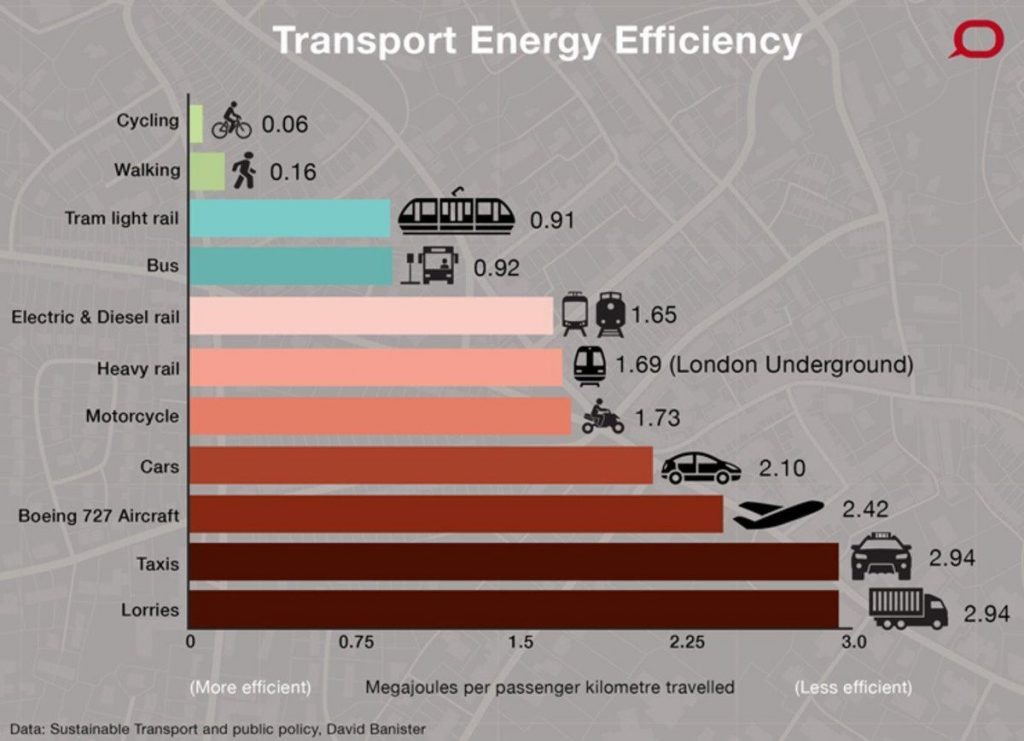
1. Reduction of emission in the transportation sector.
Transportation accounted for a quarter of the EU’s greenhouse gas emissions. It is crucial to reduce the emission of transportation to 90% by 2050. Road, rail, aviation and waterborne transport will have to contribute to the reduction. Sustainable transportation in here means putting users first and providing them with a more affordable, accessible, healthier and cleaner alternative to the current mobility habits.
Cycling then becomes one of the easy and cheapest replacements from fuel-based transportation. Therefore, LUMIGUIDE offers our Smart Parking Management system to help the cyclist to park their bicycle easier within the inner city. The investment of cities in bicycle mobility will help to lower this emission while creating livable cities and lively city. Cyclist and pedestrian should be the priority in the inner part of the city to create better efficiency in the energy of transportation.
2. Multimodal transport needs a substantial boost.
The combination of several transportation can help to reduce the emission by creating a good flow on door-to-door transportation. One of the examples that are being implemented is the HUB system in the Groningen and Drenthe provinces. The usage for a bicycle from home to the train station follow with the train journey and another bicycle journey to the destination will help to provides better and cleaner mobility. Multimodal transportation allows interaction between people and helps in creating a better environment and sustainability in the city.
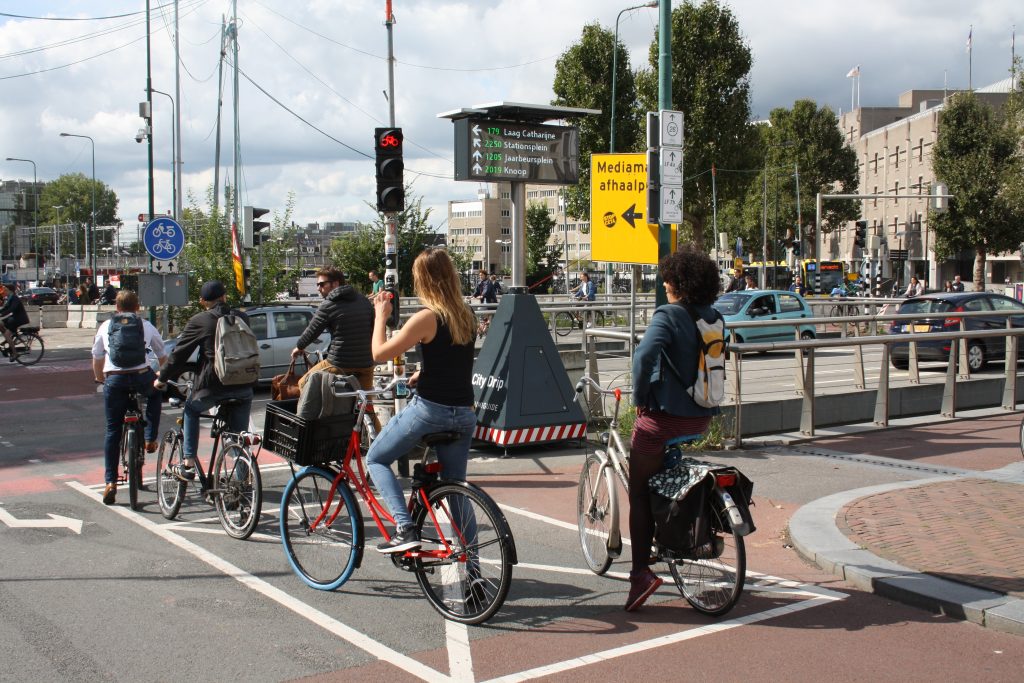
3. Automated and connected multimodal mobility.
In the era of digitalization, the automation in combination with smart traffic management system play a vital role. One of the examples is the Route Information System and the City DRIPs from LUMIGUIDE. The Route Information System helps to create a more efficient way of directing cyclists and car drivers to available parking spots. This will reduce irritation levels in commuters and help to unclog the inner cities. A Route Information System consists of several digital signs dotted around the city and located on the busiest commuter routes. The signs will show the direction of the parking facilities and the number of available parking spaces. It is usually linked to an existing Parking Management System in these facilities. City DRIPs is the mobile version of the Route Information System that is very dynamic and can be modified according to the need of the city.
Moreover, we also offer traffic flow analysis to count the people anywhere you need them. Bike and pedestrian count data is an essential tool to justify investments, capture seasonal trends and communicate with stakeholders or the public. This data will help in the planning for future pedestrian and/or cycling infrastructure, and much more. It is also a useful tool to determine the effectiveness of particular policy and to help efficiently track the data on the emission reduction based on the comparison of green mobility before and after the implementation of the policy.
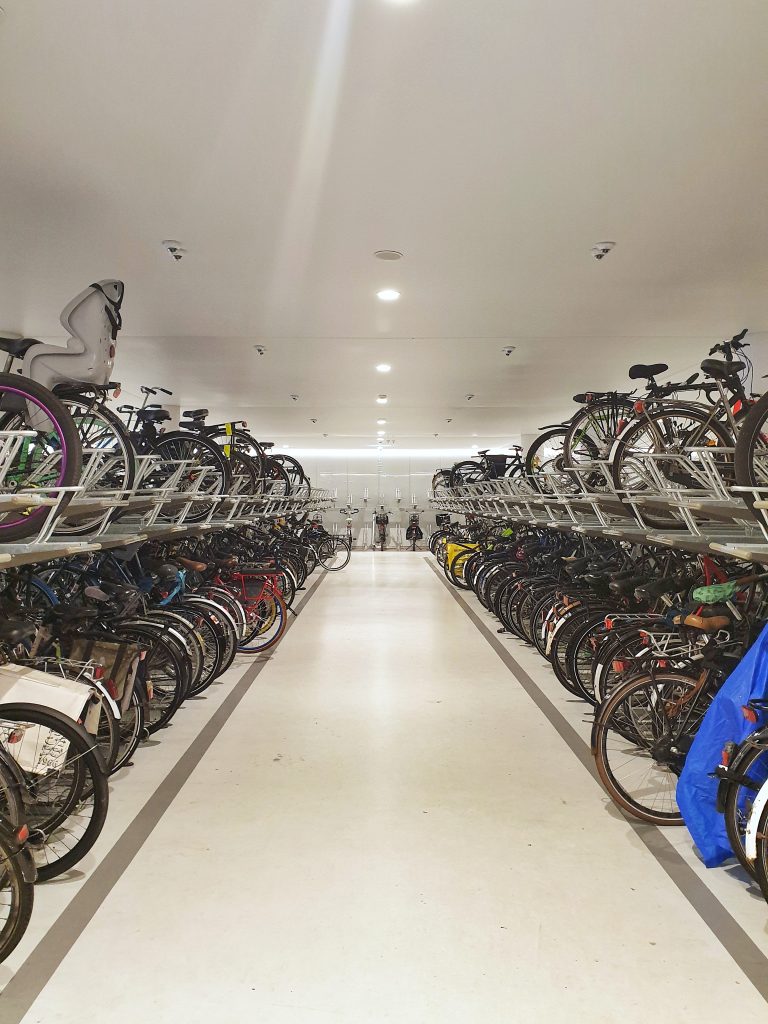
4. The price of transport must reflect the environment and the health impact on the people.
Fossil-fuel subsidies should end. In addition to that, the price of different model transportation should reflect on the emission that it creates. For example, it should be cheaper to take the train than a plane when the calculation of price is reflecting the emission its produced.
It is predicted by 2025, there will be about 1 million public recharging and refuelling stations needed for the 13 million of zero- to low-emission vehicles expected on the EU roads. Investment in an adequate amount of charging station is required to facilitate the transition of transportation. The source of electricity for electrifying transportation also must come from a renewable energy source.
5. Transport should become drastically less pollution, especially in cities.
The combination of the assessment of the emissions, urban congestion, and improved public transportation is essential. The Commission proposed a stringent air pollutant emissions standard and revision of the legislation of CO2 performance standards for cars and vans. This is to ensure the smooth transition towards zero-emission mobility.
Is your city ready to make the fast and cost-efficient transition? Then start with adding safe bicycle line in your city and implement our parking management system and urban mobility management system.



